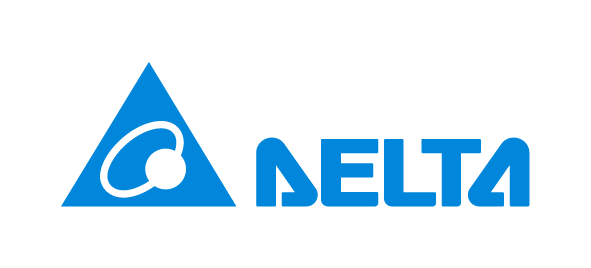About Delta
Delta, founded in 1971, is a global leader in power and thermal management solutions. Our mission is “To provide innovative, clean and energy-efficient solutions for a better tomorrow,” and our businesses encompass Power Electronics, Energy Management, and Smart Green Life. Delta has sales offices, manufacturing facilities and R&D centers worldwide. In 2014, ranked at the highest A-level of the Climate Performance Leadership Index of the Carbon Disclosure Project (CDP). Since 2011, Delta is part of the Dow Jones Sustainability Indices (DJSI) World Index.
The alarms 00C312, 00C316, 00C317, and 00C10B happen during the communication procedure or will stop the charging session from time to time for no reason (during a CCS charging session).
The reason for the problem is that there is a voltage deviation caused by a chip on the relay control board PN (Part Number): 3798100032S.
The voltage deviation is the difference between what the car is reading and what the charger is providing.
For example, the CHAdeMO-CSU data reads 380.5V while the charger is providing: 388.5V to the car.
The result would be that there is a voltage deviation of 8.5V which causes an alarm.
The occurrence of the alarm, or not, is dependent on the car's tolerance and is the reason the alarm is sometimes seen in the log file or the charging session is successful.
Solution
Replacement of the relay control board.
Tools required:
- Laptop with Admin access- RJ45 cable- Voltmeter with alligator clips- EV car (CCS)
Procedure:
1. Enable or install remote support software on your laptop (for remote access if necessary).2. Make sure your laptop has administration access to enable you to change the IPV4.3. Install the software “DeltaDC25Service Tool” from the following link: https://reurl.cc/Kp18dM Password - BV3d26g7laAd
Figure 1. FTP file download screen4. After installing the software, connect the RJ45 cable from your laptop to the CHAdeMO-CSU board of the charger as shown:Figure 2. RJ45 port connection5. Set up the IPV4 of your laptop to the correct port at the following IP address:Figure 3. IP address6. Login to "DeltaDC25Service Tool" and make sure the IP address is correctly entered as shown (below):Figure 4. DeltaDC25Service Tool7. When the IP address is correctly entered, login to the debug access and enter the password of the debug screen like in the UFC ( e&c …. )Do not forget, this password should not be shared with the customer:Figure 5. Login to Debug screen8. When logged in press Connect and the charger will load the data from the charger:Figure 6. Connect charger data9. Go to Running statusFigure 7. Running status10. Connect your voltmeter to the charger at points “d” and “b” as shown (below), do not forget the voltmeter needs to be in DC mode:Figure 8. Voltmeter connection11. Start a charging session with the car and look to see if there is a difference between the voltmeter reading and the software shown (below):Figure 9. Voltmeter comparison12. If there is more than a 3V difference, the relay control board needs to be replaced. If there is less than a 3V difference, the relay control board is not the cause of the issue.An example of the issue follows:Figure 10. Issue example
Disclaimer Notice
By using Delta Electronics (Netherlands) B.V. and affiliates website and its technical information, you agree to be bound by the terms of this warranty disclaimer.
By using Delta Electronics (Netherlands) B.V. and affiliates website and its technical information, you agree to be bound by the terms of this warranty disclaimer.


